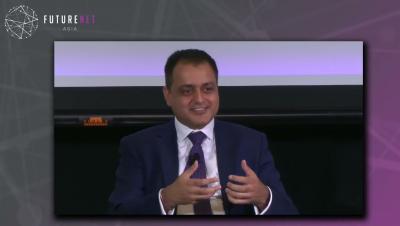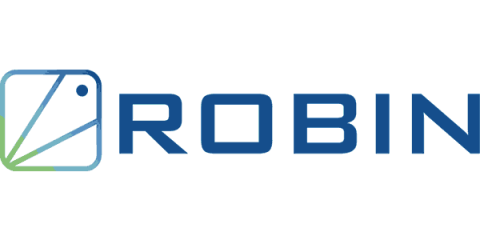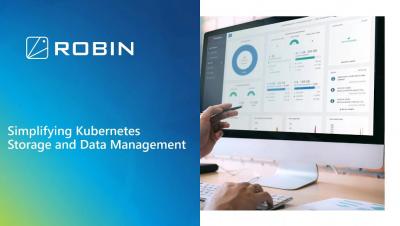Operations | Monitoring | ITSM | DevOps | Cloud
Robin
Hyperscaling the open-RAN ecosystem, exploring virtualized open-RAN and cloud-native deployment
Demystifying the complexity of cloud-native 5G network functions deployment using Robin CNP - Part II
Now that we have discussed the networking part , the next step is placing the application into a host. Robin.io’s cloud platform has the concept of master, compute, and storage nodes. Typically, the hardware servers would have multiple NUMA nodes. In order to achieve the best performance, the platform should utilize the resources from the same NUMA node. Failing this – if users are consuming a resource from another NUMA node – then their performance would degrade.
Demystifying the complexity of cloud-native 5G network functions deployment using Robin CNP - Part I
Robin.io simplifies the operations and lifecycle management of 5G applications at scale and demystifies the complexity around 5G and network functions management. The simplified end-to-end automation and App-Store-like user interface makes the management of applications easy for operators. This is relevant for several reasons.
How Kuberenetes is shaping a cloud native future for operators
Robin Platform
Robin io Webinar Simplifying Kubernetes Storage and Data Management For DevOps
Robin.io continues high performance spree; named Leader and Outperformer once again by GigaOm
2022 has been a phenomenal year for Robin.io. We had some big-ticket moments at the Mobile World Congress Barcelona; we became a part of the prestigious Rakuten group, and now, we are continuing the sprint, having been named Leader and Outperformer by the 2022 GigaOm Radar Report for Mobile Edge Solutions.
How to leverage Kubernetes to modernize your legacy enterprise application infrastructure
The biggest question facing many businesses today is how to improve the efficiency and agility of their application delivery processes. Along the journey to infrastructure modernization, do they continue to maintain applications as-is, or do they need to be migrated, upgraded or replaced? This blog attempts to answer some of these questions. Take any popular enterprise app, like your Oracle business suite, or even a custom-built application, and it will typically follow a three-tier architecture.
Delivering effortless hyperautomation to build and drive high-performing 5G networks
5G is seeing rapid adoption due to its promise of high speed, seamless delivery and low latency, that enables it to deliver new and exciting revenue-generating services. Studies reveal that there will be 1.2 billion 5G connections by 2025, covering a third of the world’s population. 5G will play a critical role in enabling the next-generation of applications and services, like gaming, trade and Industry 4.0, in general.







